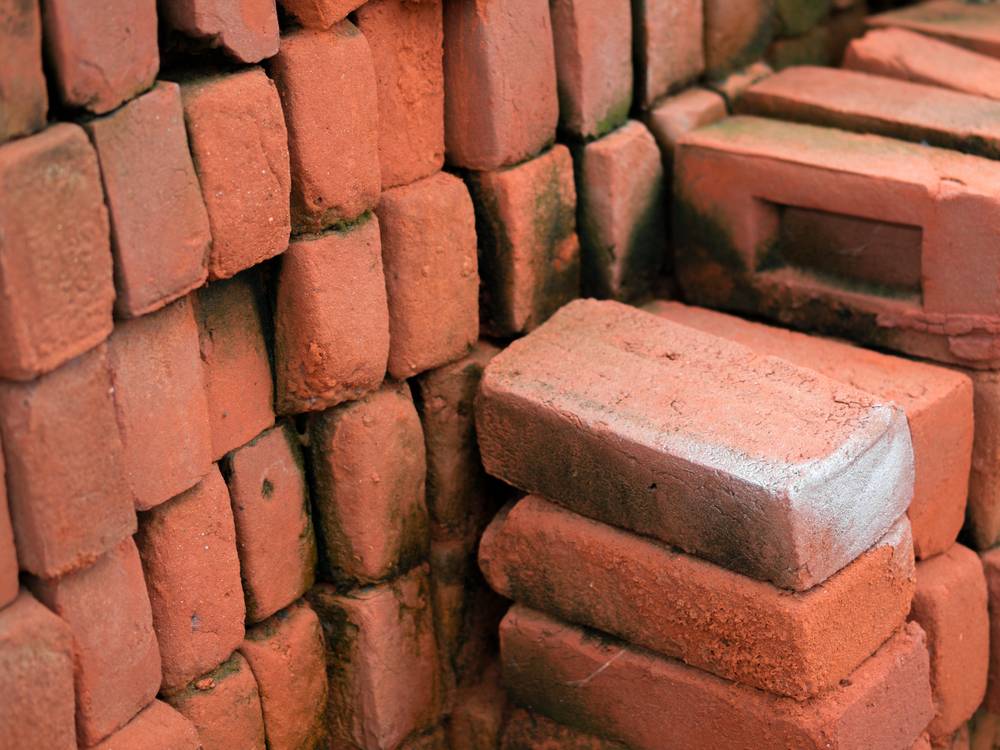9 Differences Between Hollow Clay and Clay Bricks
For centuries, bricks have been a staple building material for almost every domestic or commercial structure in the UK. Bricks are the go-to construction material for many architects, providing impeccable stability and support for structures dating back to ancient times and up to the most innovative and modern commercial buildings.
But the question still remains, “Which type of brick should you select for your building?”

What Makes a Good Brick?
Bricks don’t just need to be aesthetically pleasing; they must show a minimum level of compressive strength, water absorption and hardness to be used. Conversely, you may recognise the need for sturdy and reliable facing bricks for load-bearing walls, but the brick colour, size and texture also require considerable time and attention.
Certain factors will influence your decision on the right brick to choose for your building. These include the following:
- Environmental-friendliness
- Strength
- Thermal conductivity
- Fire resistance
- Value for money
- Durability
- Weight
- Dimensions and sizing
- Shape
- Uniformity
- Consistency
Two popular types of brick used in construction are clay bricks and hollow clay bricks. Their names are eerily similar, so what is the difference between these two brick products?
What are Clay Bricks?
Clay facing bricks are, unsurprisingly, made from clay, and are solid masonry units. This clay is burned at high temperatures, with the generated heat fusing the clay particles together, creating a consistent and robust bond. This explains why these solid bricks typically have warm and natural colours.
Clay brick colours can be modified to suit your preferences by regulating temperature in kilns (where the bricks are fired) or altering the clay composition. You can expect all UK bricks made from clay to be durable, resistant and uniform in size and shape.
What are Hollow Clay Bricks?
Hollow clay bricks, also known as perforated bricks, have their place in specific commercial building applications. These bricks have either a horizontal or vertical perforation, containing a particular insulation material. These bricks are lighter than standard clay bricks, which makes them preferable for certain applications, and they offer many of the same advantages that traditional bricks do. This includes fire resistance, eco-friendliness and thermal insulation.
Clay Bricks vs. Hollow Clay Bricks: 9 Key Differences
The best way to compare clay bricks and hollow clay bricks is to examine a handful of key factors. This, in turn, will hopefully help you make the most appropriate choice for your construction project.
Uses
Clay: Exterior load-bearing walls, paving (see clay pavers), driveways, landscaping, tunnels.
Hollow: Internal and external walls, partition walls.
Weight
Clay: Anywhere between 2.5kg to 3.5kg, on average.
Hollow: Approximately 50-60% lighter than clay bricks, 1.25kg to 1.75kg.
Load-bearing capabilities
Clay: Clay brick loading capacity is in the range of 7.5-10 N/mm².
Hollow: Due to their lightweight nature, they can withstand 3.5 N/mm².
Density
Clay: The density of clay bricks ranges from 1700 to 1920 kg/m³.
Hollow: For hollow bricks, this ranges anywhere from 694 to 788 kg/m³.
Heat conductivity
Clay: Measured in Watts per metre Kelvin, clay bricks conduct between 0.6-1 W/m-K of heat.
Hollow: Using the same measurements, hollow clay bricks can conduct approximately 0.28-0.31 W/m-K.
Composition
Clay: A mixture of sand, lime, clay, magnesia and iron oxide.
Hollow: A combination of fly ash, coal ash, sawdust and rice husk ash.
Water absorption
Clay: Its capacity to hold water is roughly 20% of its mass.
Hollow: Comparatively, hollow clay bricks can hold approximately 15%.
Size
Clay: You can buy clay bricks in standard sizes (without mortar) or in nominal sizes (with mortar). For standard clay brick sizes, it’ll be 190 x 90 x 40mm (up to 90mm), and for nominal sizes of 230 x 110 x 30mm (up to 70mm).
Hollow: Hollow clay brick sizes vary, with numerous lengths, breadths and widths configurable as requested. Their length ranges from 200mm to 400mm, their width from 150mm to 400mm and their breadth from 200mm to 400mm.
Advantages
Clay: These bricks are low maintenance, solid, durable, infinitely recyclable, fire-resistant and highly economical due to the readily available raw materials. Their compressive strength makes them suitable for all types of construction.
Hollow: These bricks are slightly cheaper than clay bricks; they’re energy-efficient, lighter and can be installed more quickly than standard bricks.